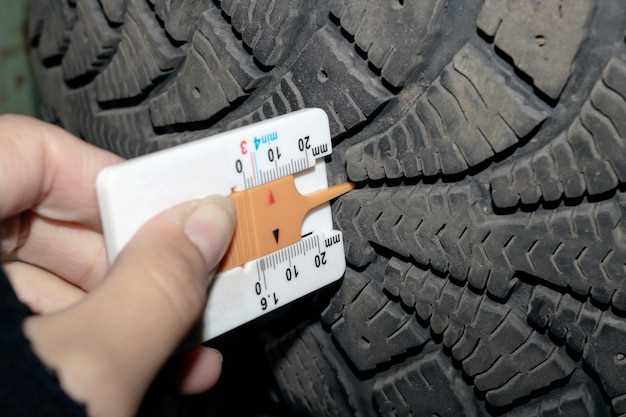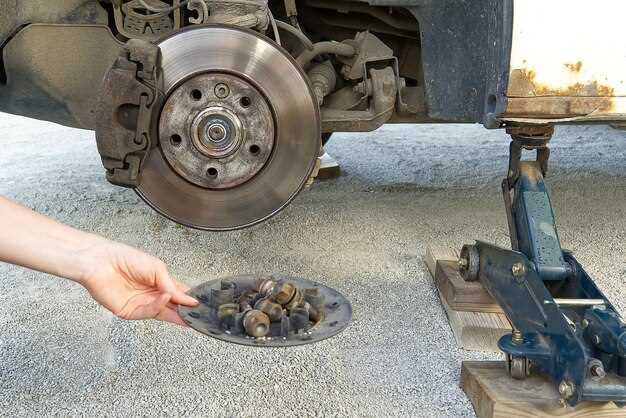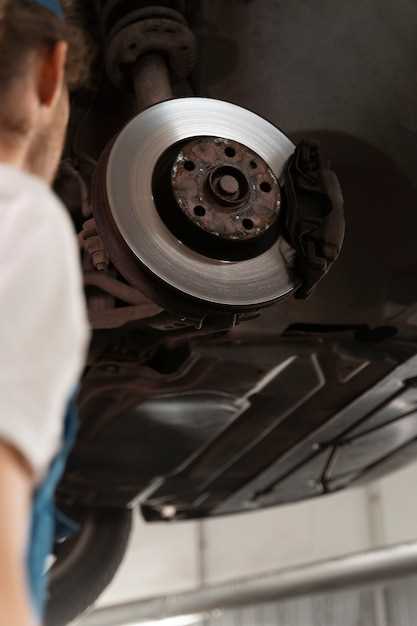What to know about Jeep brake maintenance


Maintaining your Jeep’s brake system is essential for ensuring safety and performance on the road. One of the most critical components of this system is the brake pads. Over time, brake pads wear down and lose their effectiveness, which can compromise your vehicle’s stopping power and lead to more serious issues if not addressed promptly.
Regular inspection of your brake pads should be a fundamental part of your maintenance routine. Look for signs of wear, such as uneven thickness or cracking. If the pads are worn down to the minimum thickness, it is crucial to replace them immediately to prevent damage to the rotors and enhance your vehicle’s braking efficiency.
In addition to checking the pads, it’s important to examine the entire brake system, including the rotors and calipers. A thorough inspection can help identify other potential issues, such as fluid leaks or corrosion. Ensuring that your Jeep’s brake components are in top condition not only improves safety but also enhances overall driving performance.
Understanding Jeep Brake Pad Wear and Replacement Signs

Brake pads are a crucial component of your Jeep’s braking system, essential for safety and performance. Over time, these pads wear down due to friction created when braking, and recognizing the signs of wear is vital for timely replacement.
One of the most common indicators of worn brake pads is a squeaking or squealing noise when you apply the brakes. This sound often comes from a built-in wear indicator designed to alert drivers of impending pad replacement. If you begin to hear this noise, it’s wise to inspect the pads soon.
A second sign that your brake pads may need replacement is a grinding noise. If the pads have worn down significantly, the metal backing plate can come into contact with the rotors, producing a more severe sound. This situation can lead to rotor damage, making timely replacement even more critical.
Additionally, feel for changes during braking. If your Jeep experiences vibrations or pulling to one side, it could indicate uneven wear on the brake pads. This not only impairs braking efficiency but can also lead to increased wear on other components, such as the rotors.
Lastly, visually inspecting the brake pads can reveal their condition. If you can see that the pads have less than a quarter inch of material remaining, it’s time to replace them. Regular maintenance checks can help you not only catch wear early but also ensure your Jeep is safe to drive.
Tools and Techniques for DIY Jeep Brake Pad Maintenance

When undertaking brake pad maintenance on your Jeep, having the right tools is essential to ensuring the job is done safely and effectively. Start with a quality set of basic hand tools, including a socket wrench, pliers, and a ratchet set. A torque wrench is also crucial for ensuring that bolts are tightened to manufacturer specifications, which is vital for vehicle safety.
You’ll need a brake pad spreader or C-clamp to compress the brake caliper piston, allowing for the installation of new pads. Additionally, a brake cleaner will help remove dust and debris from the caliper and the braking surface, which is important for maintaining optimal brake function.
Always prioritize safety when performing maintenance. Ensure your Jeep is on a flat surface, use wheel chocks to prevent rolling, and employ jack stands to support the vehicle when lifted. Wearing safety goggles will protect your eyes from brake dust, and gloves will keep your hands safe from sharp components.
Before starting, familiarize yourself with the brake system specific to your Jeep model. Review the service manual for detailed instructions and follow proper procedures for removing the wheel, caliper, and old brake pads. It’s also advisable to inspect rotors for any signs of wear or damage, as these components greatly affect brake performance.
Once the new pads are installed, gently pump the brake pedal to ensure the pads seat properly against the rotor. This step is critical to restore braking power and safety. Finally, after the maintenance is complete, take your Jeep for a short test drive, testing the brakes at low speeds to confirm everything is functioning correctly.
Safety Protocols When Performing Brake Maintenance on Jeep
Ensuring safety during brake maintenance is crucial for both the mechanic and the vehicle. Here are essential protocols to follow:
- Wear Protective Gear: Always use safety goggles, gloves, and a dust mask to protect yourself from debris and chemicals.
- Secure the Vehicle: Use wheel chocks and ensure the vehicle is on a level surface to prevent movement. Engage the parking brake before starting any maintenance.
- Proper Tools: Utilize the correct tools for the brake system. This includes wrenches, ratchets, and specific brake tools to avoid injury and damage to components.
- Clear Work Area: Keep the workspace organized and free from distractions. This includes removing any tools not in use and ensuring adequate lighting.
- Check Brake Pads: Inspect the brake pads for wear before beginning the replacement process. If they are below the minimum thickness, they should be replaced immediately to maintain vehicle safety.
Following these protocols will not only facilitate a smoother maintenance process but will also significantly enhance safety during brake work on your Jeep.
